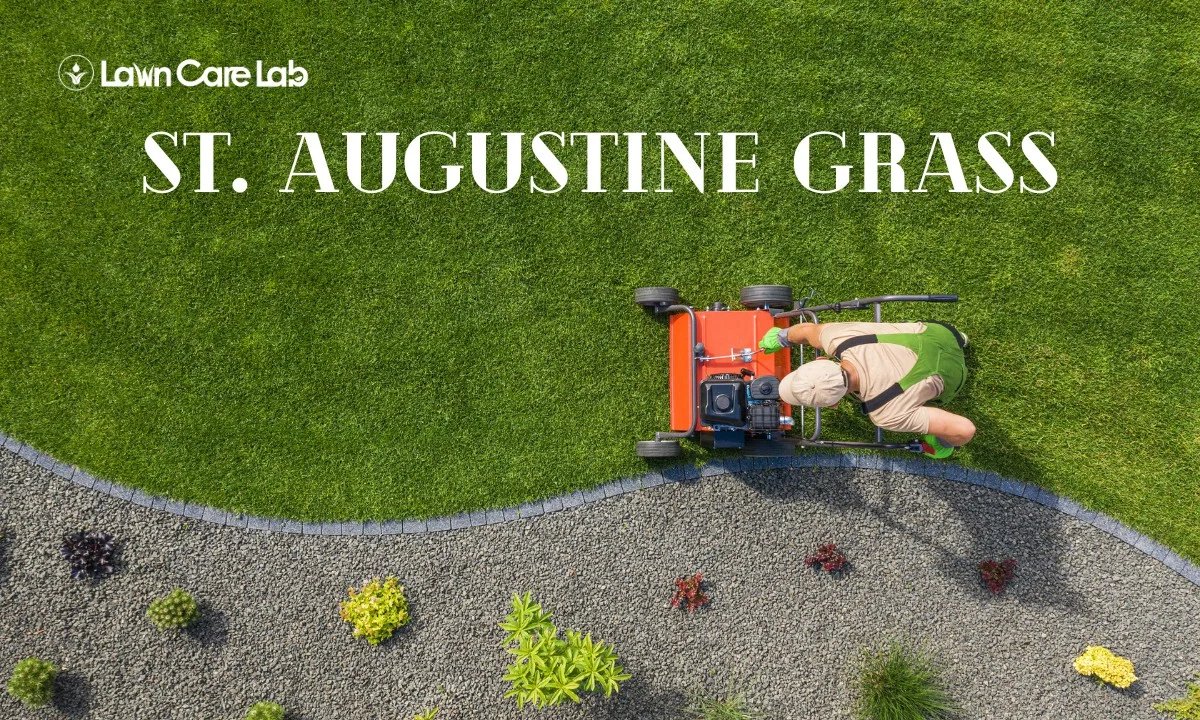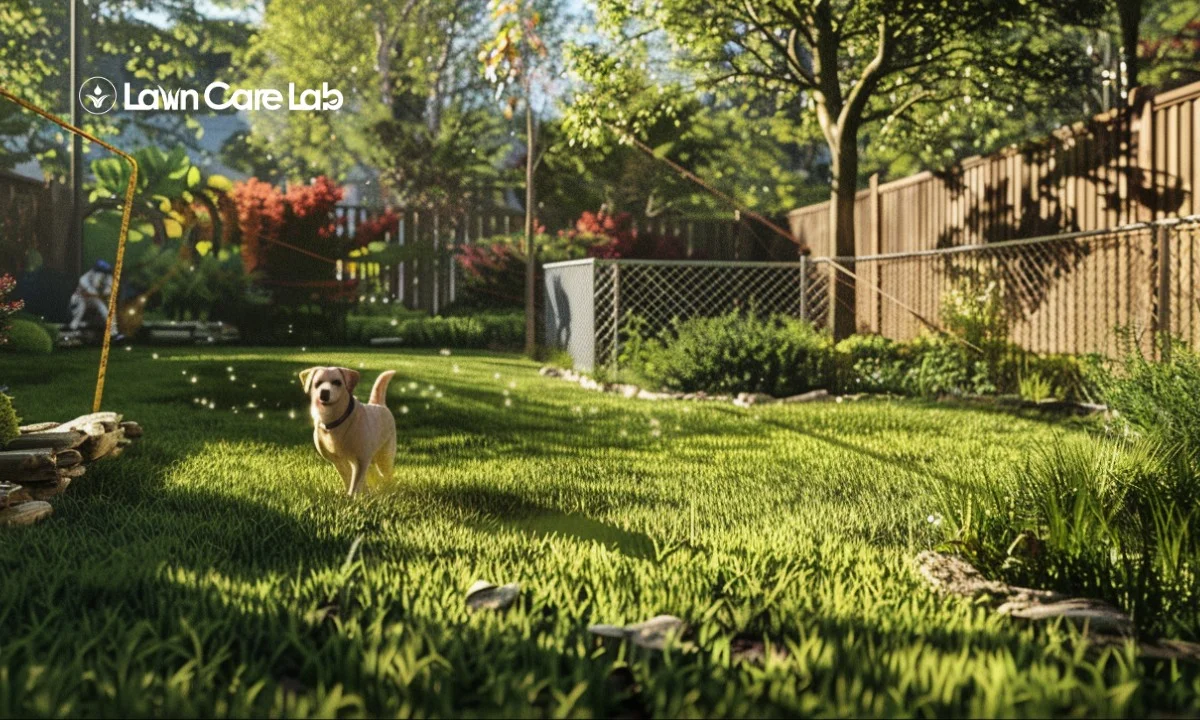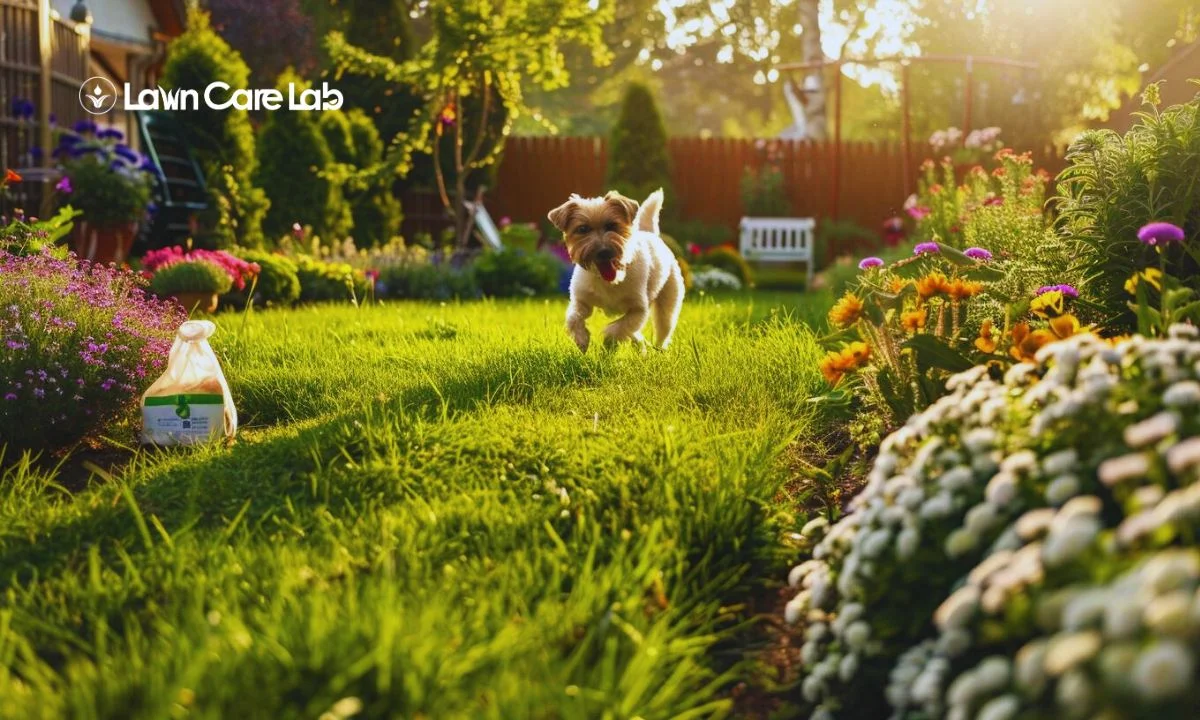You love your lawn and the St. Augustine grass on it. You’ve watered and mowed it, but have you aerated it?
Knowing when and why to aerate St. Augustine grass can be confusing. Our guide simplifies this, offering easy-to-follow advice on maintaining your St. Augustine lawn.
Let’s explore lawn care and see how aeration can improve your St. Augustine grass care routine!
Table of Contents
Should You Aerate Your St. Augustine Grass?
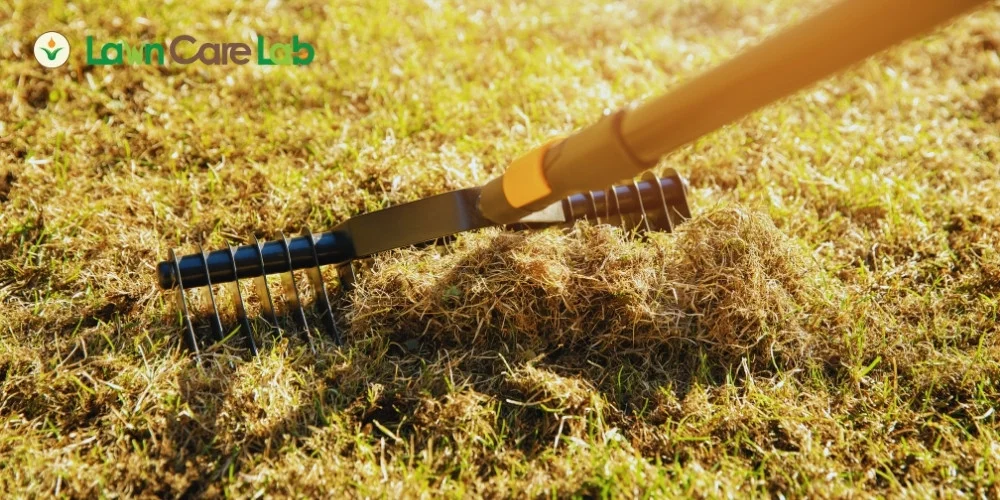
Yes, you should aerate your St. Augustine grass.
Here are some reasons:
- Relieves Compaction – Aerating St. Augustine lawns loosens soil compaction, allowing nutrients, air, and water to reach roots.
- Reduces Thatch Buildup -Thatch suffocates lawns. Aerating thins it out.
- Enhances Nutrient Absorption – By loosening the soil, aeration allows fertilizers and nutrients to penetrate the root zone for healthier grass better.
- Improves Oxygen Content – Aeration opens up the soil to increase air circulation to the grassroots, which needs oxygen.
However, it also has some drawbacks. We’ll discuss these pros and cons to help you decide whether to aerate your St. Augustine lawn.
Can You Aerate St. Augustine Grass?
Yes, you can aerate St. Augustine grass. However, doing it right is crucial.
Here are some guidelines:
- Aerators: Both core and spike aerators work well. Your soil conditions will dictate which one to use.
- Timing: Do it in late spring or early summer. This allows the grass to recover quickly.
- Grass type: Remember, St. Augustine grass has unique needs compared to other grasses.
Aerating St. Augustine grass, when done right, can significantly improve its health and look.
When is the Best Time to Aerate St. Augustine Grass?
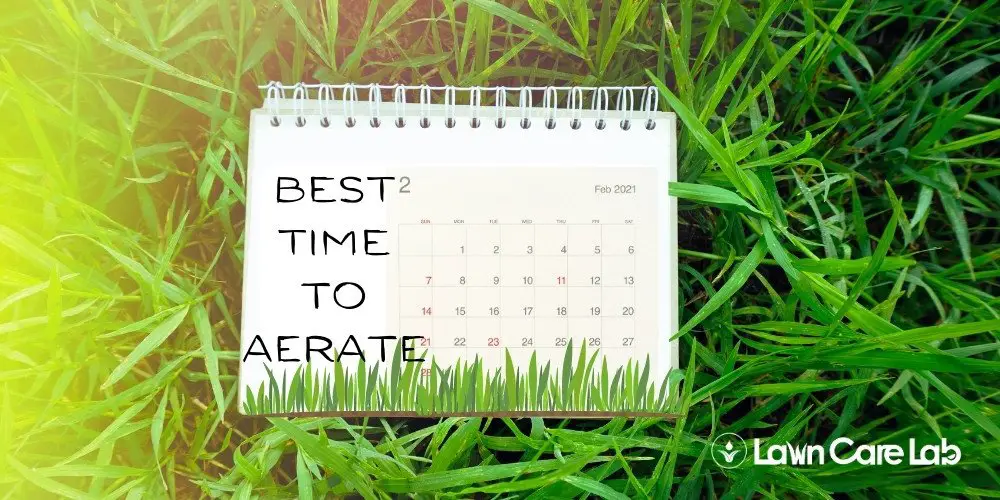
Recognizing the signs that your lawn needs aeration can keep it healthy and lush.
Let’s explore the key signs showing your grass needs breathing space.
Signs It’s Time to Aerate Your St. Augustine Grass
Knowing when your St. Augustine grass needs aerating is crucial. Look for signals like thatch buildup and hard soil. These signs help you decide when to aerate your lawn.
Here are the signs to look for:
- Thatch Buildup: A layer of dead grass and debris between your lawn and the soil means too much thatch.
- Hard Soil: If your lawn feels tough when you walk on it or water pools on top, your soil may be compacted.
- Unhealthy Grass: Even with good care, if your grass isn’t thriving, your soil might be too compacted or have poor drainage.
Understanding these signs will help you keep your lawn green and improve your gardening skills.
How to Aerate St. Augustine Grass
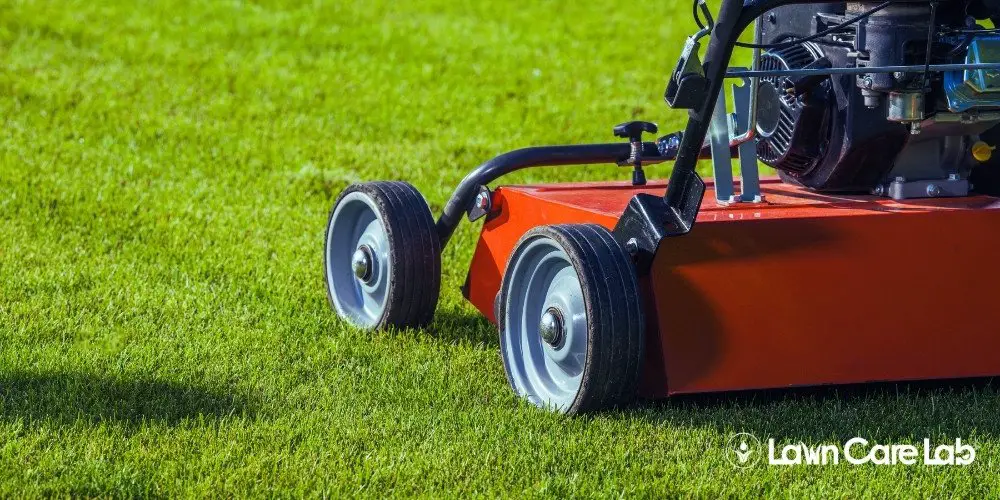
Learning how to aerate your lawn correctly is important to keep your St. Augustine lawn in top shape.
Use a core aerator instead of a spike one because it works better. Adjust your aerator to 2-3 inches deep for the best results. Ensure you cover the entire lawn by moving in different directions.
Also, water your lawn deeply before and after aerating to improve its look and health.
Aerating St. Augustine Grass: Tips and Best Practices
Remember these key steps for the best outcome when caring for St. Augustine grass.
Aeration isn’t just about poking holes in your lawn but a planned action to boost your lawn’s health and look.
- Apply compost after aeration – Spread a fine layer of organic matter over the lawn. This will sink into the soil and provide much-needed nutrients.
- Rest the grass before mowing – This rest period helps the grass recover from aeration stress.
- Aerate every year for top results – Regular aeration keeps your yard looking fresh and healthy all year.
This straightforward advice will help you keep a top-notch St. Augustine lawn!
Aerating St. Augustine – Key Takeaways
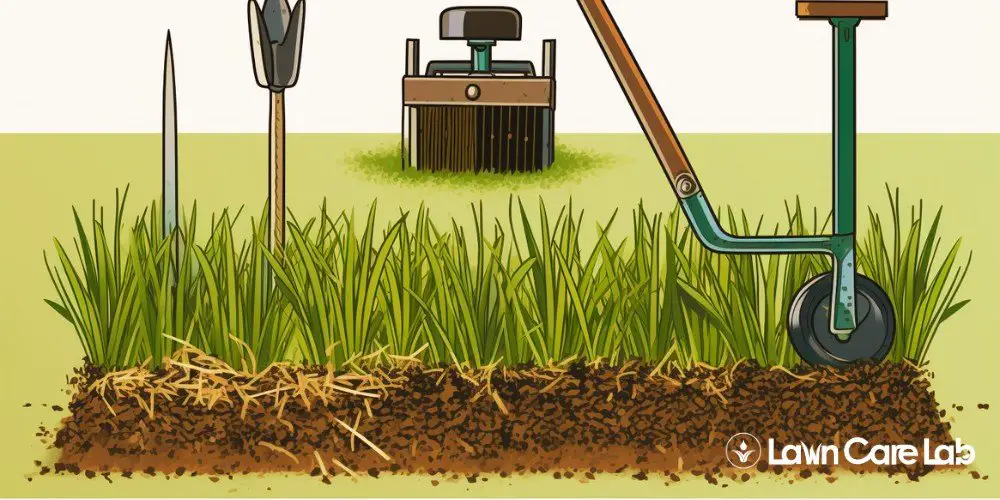
Let’s summarize what you’ve learned about aerating your St. Augustine grass.
The best time to aerate is when the grass grows in late spring and early fall. This allows it to recover fast from aeration and grow strongly.
You have two methods of aeration: core aeration and spike aeration. For St. Augustine grass, core aeration is usually better because it removes soil plugs instead of making holes. This method helps the soil absorb more water, reduces soil hardness, and encourages roots to grow deeper.
Aeration can have drawbacks too. Doing it too much or at the wrong time can weaken the grass and expose it to pests or diseases. So, you need to keep an eye on the weather and the health of your lawn.
Aerating your lawn has clear benefits like better growth and less thatch. It gives water, nutrients, and air a direct path to the roots, leading to a thicker lawn.
But remember, no single method can create a perfect lawn all year. Regular aeration, however, can greatly boost your lawn’s health over time.
FAQs on Aerating St. Augustine Grass
What is the recommended frequency for aerating a St. Augustine lawn?
What steps can I take to make my St. Augustine lawn denser?
Which overseed is most suitable for St. Augustine grass?
What type of fertilizer and ratio should St. Augustine grass be used?
What is the most effective method to thicken grass?
What can be done to accelerate the growth of St. Augustine grass?
What type of climate is most suitable for St. Augustine grass?
Can excessive watering harm St. Augustine grass?
- How to Create a Lawn Care Schedule for Southern Climates - October 30, 2024
- How to Use Compost Tea to Boost Lawn Growth and Soil Health - October 23, 2024
- The Best Grasses for Saltwater-Exposed Lawns: Coastal Lawn Care - October 17, 2024

